
The Arts
Masters Of Photography

Alfred Steiglitz, 1890 Pioneered the idea that a photo should be about the subject, moment and artists vision rather than something ‘contrived’.

Alfred Steiglitz, 1911

Ansel Adams, 1942 He loved nature and believed in the possibility of humankind living in harmony within it. He traveled America in pursuit of the natural beauty of the countryside.

Ansel Adams, 1938

Jacques Henri Lartigue, 1913 He began taking photos at the age of 7- documenting his family, friends and the world around him. He is the first amateur photographer- since he was so young when he started and he had no formal training in the arts.
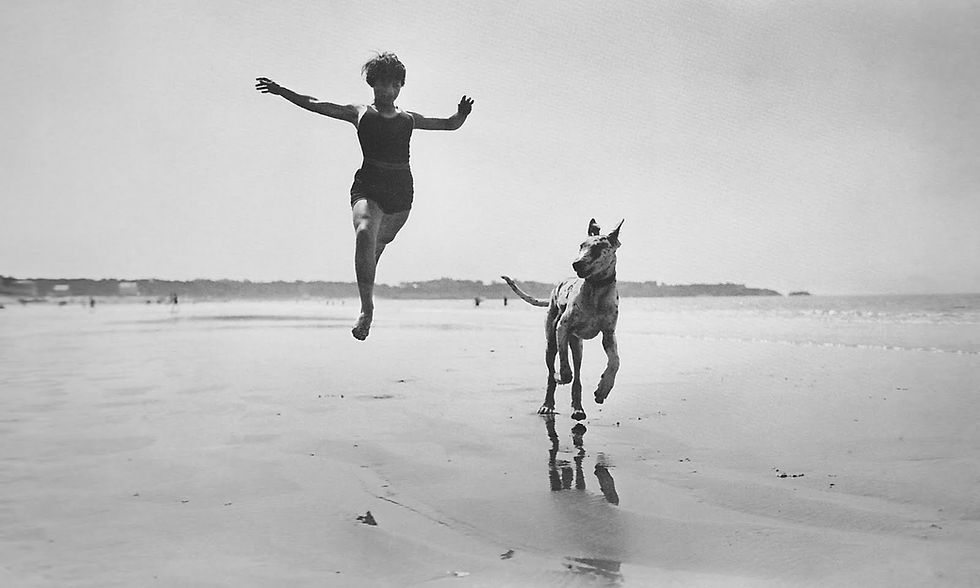
Jacques Henri Lartigue, 1966

Diane Arbus, 1965 Very controversial photographer because she chose such difficult subjects and would capture the imperfections of people.

Diane Arbus, 1962
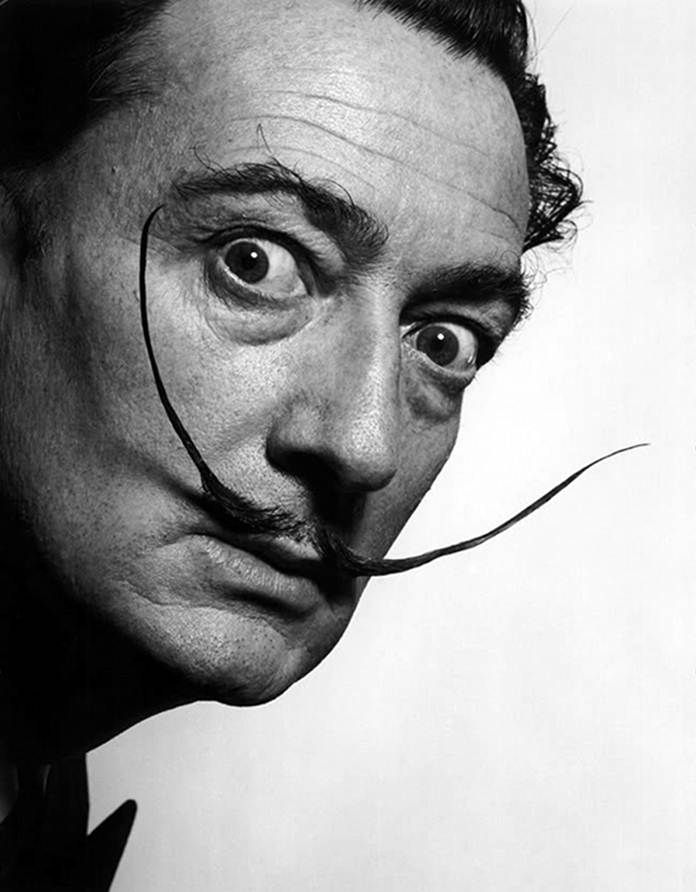
Phillipe Halsman, 1953 He is best known for his jumping photographs of famous people. He did this series because he claimed that they became so focused on jumping that they let their real selves shine through

Phillipe Halsmann & Salvadore Dali, 1947

Phillipe Halsman, 1951

Eliott Erwitt, 1956 He is a great photojournalist for taking the ‘non photograph’. A very casual approach that unveils a true portrait of his subjects- whether they are dogs or someone famous like Marilyn Monroe.

Eliott Erwitt, 1955

Erwitt Elliott, 1960

Lee Freidlander, 1999 He focused on the social landscape of his time- showing images of urban life- store fronts, posters, signs, technology of his time. He like to use semi transparent surfaces in his photos, thus creating multiple layers within his frame.

Lee Freidlander, 2010

Jerry Uelsmann, 1969 He believed that using a camera allowed him to exist in a world outside of himself. Very surrealist. He created most of his work before Photoshop, using multiple negatives (from film cameras), and lots of hours in the darkroom.

Jerry Uelsmann, 1994

Jerry Uelsmann, 2003

Cindy Sherman, 1982 She has sought to raise challenging and important questions about the role and representation of women in society. Sherman works in series, typically photographing herself in a range of costumes.

Cindy Sherman, 1980

Sally Mann, 1989 Her work has pushed buttons and boundries, from nude photographs of her children to rotting corpses. She’s great to study to see how it’s possible to keep a consistent style even when working with such drastically different subjects.

Sally Mann, 1989

Annie Leibovitz, 2003 Started her career at the magazine The Rolling Stone where she got to photograph several famous musicians, and later moved to Vanity Fair. She is an excellent example of how to find a balance between artistic expression and commercial appeal.
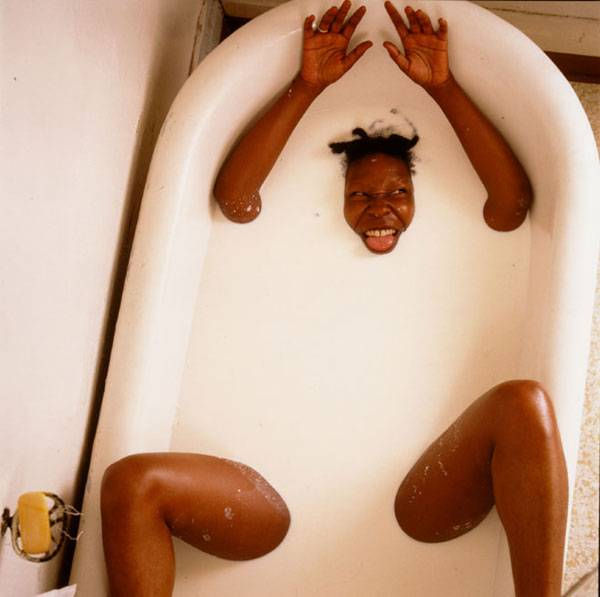
Annie Leibovitz, 2008

Annie Leibovitz, 2008

Yousef Karsh, 1948 Canadian photographer who created some of the most iconic portraits of the 40’s and 50’s. He believed that within everyone a secret is hidden, and as a photographer it was his task to reveal it if he could.

Yousef Karsh, 1958

Yousef Karsh, 1988

David LaChapelle, 2002 His images are bright and colourful. He tries to highlight social and political issues while using a sense of humour in his photos. He has photographed several celebrities such as Lady Gaga, Rihanna, Madonna, Angeline Jolie…

David Lachapelle, 2004

Karl Blossfeldt, 1928 Self taught in photography, he used his photographs of plant studies to educate his students about the design elements in nature.

Karl Blossfeldt, 1928

Edward Burtynsky, 2003 Another Canadian photographer who works mainly in landscapes. Best known for his awe-inspiring landscapes, often capturing the effect of industry on the landscape around him.

Edward Burtynsky, 1996

Imogen Cunningham, 1925 In her portraits, she took pride in offering a more naturalistic approach than the normal rigid poses of routine photographs. Her fascination with the beauty of nature and flowers lead her to photograph all kinds of plant life.
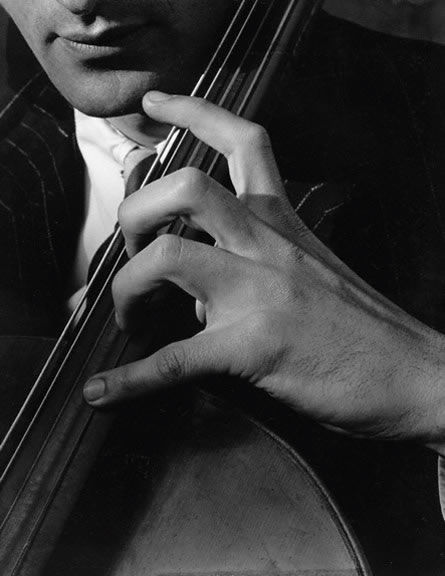
Imogen Cunningham, 1929
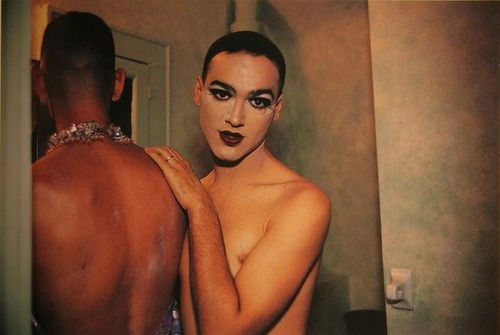
Nan Goldin, 1991 Is known for documenting her family and friends as they engage in intimate activities. Snapshots are taken out of love and to remember people, places, and shared times. She photographed her friends so she would never lose the memory of them

Nan Goldin, 2008